Horse riding has been an art form for millennia, and nowhere is this more apparent than in the tradition of royal steeds. These magnificent animals, bred for nobility and trained to perfection, require skilled handling that even experienced riders sometimes mismanage. Whether you’re training for ceremonial duties, competitive events, or simply enjoying the heritage of riding a descendant of historically royal bloodlines, avoiding common mistakes is crucial. This comprehensive guide examines the most frequent errors riders make when handling royal steeds and offers practical solutions to elevate your equestrian skills.
Misunderstanding Royal Steed Temperament
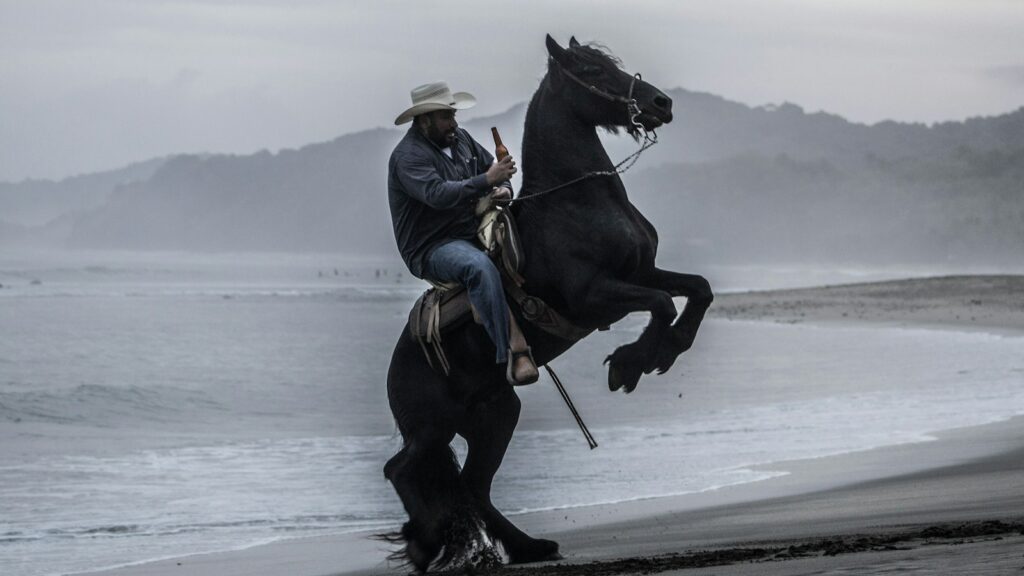
Many riders approach royal steeds with the same expectations they would have for any other horse, failing to recognize their unique temperaments. Breeds with royal heritage like Lipizzaners, Andalusians, or Friesians often possess heightened sensitivity and intelligence that requires specialized handling. These horses were historically bred to be responsive to subtle cues, making them reactive to excessive force or unclear communication. Riders who treat royal steeds with heavy-handed commands frequently encounter resistance or anxiety from these noble animals. Understanding that these horses respond best to refined, precise aids and patient training will establish the foundation for a successful partnership that honors their distinguished breeding.
Insufficient Groundwork Foundation
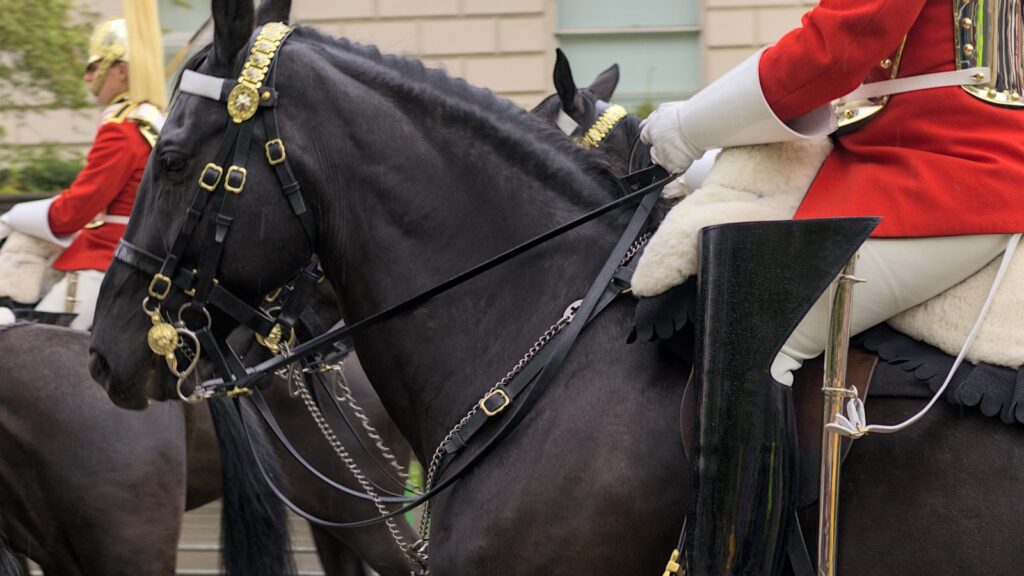
A common oversight among riders of royal steeds is rushing the mounted work without establishing solid groundwork principles. Traditional royal mounts were meticulously trained from the ground up, developing respect, communication, and trust before a rider ever mounted. Modern riders sometimes skip these crucial developmental stages, creating gaps in the horse’s education that manifest as behavioral issues under saddle. Proper groundwork establishes boundaries, teaches the horse to yield to pressure, and builds the horse’s confidence in the handler’s leadership. Dedicating time to in-hand work, lunging with purpose, and liberty training creates the mental framework necessary for royal steeds to perform their often complex mounted duties with grace and willingness.
Neglecting Historical Training Principles

Royal steeds have historically been trained according to classical principles developed in prestigious riding academies like the Spanish Riding School or the Cadre Noir. Many modern riders fail to study and implement these time-tested methodologies, instead applying contemporary shortcuts that undermine the horse’s development. Classical training emphasizes systematic progression, proper muscle development, and mental preparation at each stage before advancing. Riders who rush this process or mix training systems often create confusion and resistance in their mounts. Investing time to understand historical training methods—particularly those specific to your horse’s breeding and heritage—will result in a correctly developed royal steed capable of performing with the elegance and presence expected of their lineage.
Improper Posture and Seat Position

Royal steeds are exceptionally sensitive to rider position, yet many riders underestimate how their seat affects these horses. An unbalanced, unstable, or rigid seat transmits tension directly to these responsive animals, compromising performance and communication. Historically, riders of royal mounts developed extraordinarily independent seats that allowed precise communication through minimal aids. Modern riders often rely too heavily on reins for balance or positioning, creating confusion between control signals and stability compensation. Developing core strength, proper alignment, and an independent seat through dedicated exercises both on and off the horse will dramatically improve your influence and effectiveness on a royal steed. Remember that these horses were bred to respond to weight shifts and subtle body cues, making proper position non-negotiable for successful riding.
Misapplied Collection Techniques
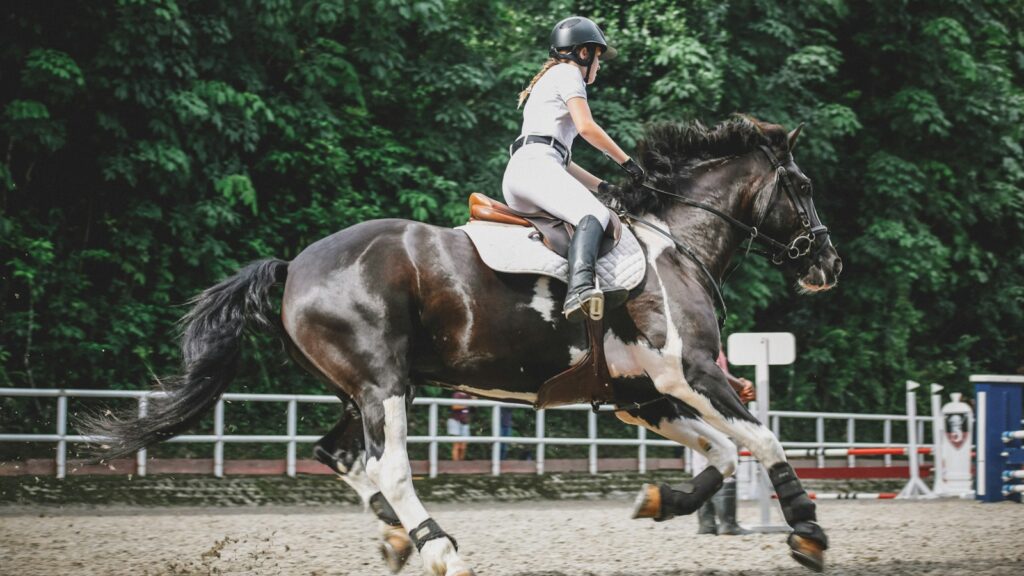
Perhaps no error is more prevalent than the misunderstanding and forced application of collection with royal steeds. These breeds often possess natural aptitude for collection, yet riders frequently attempt to achieve this advanced frame prematurely or through mechanical means. True collection develops gradually through systematic gymnasticizing of the horse, building the necessary strength and understanding over months and years. Riders who pull the head down or force a frame through aggressive rein use create false collection that damages the horse physically and mentally. Patient development of engagement, starting with basic rhythm and relaxation work before gradually introducing exercises that strengthen the hindquarters and back, allows the royal steed to find genuine self-carriage. This approach honors both the horse’s welfare and the classical principles upon which royal equitation was built.
Overlooking Proper Equipment Fit

Royal steeds often have distinctive conformation that requires carefully fitted tack, yet many riders use inappropriate or poorly fitted equipment. Andalusians, Lusitanos, and similar breeds typically have unique head shapes, prominent withers, or specific back profiles that standard tack may not accommodate properly. Ill-fitting saddles can cause back pain and resistance, while inappropriate bits may create confusion or discomfort given these horses’ typically sensitive mouths. Historical royal mounts were fitted with custom equipment designed specifically for their conformation and the tasks they performed. Taking the time to consult saddle fitters experienced with your horse’s breed, researching historically appropriate bitting options, and regularly reassessing fit as the horse develops physically will prevent many behavioral issues that riders incorrectly attribute to training problems.
Insufficient Attention to Ceremonial Preparation
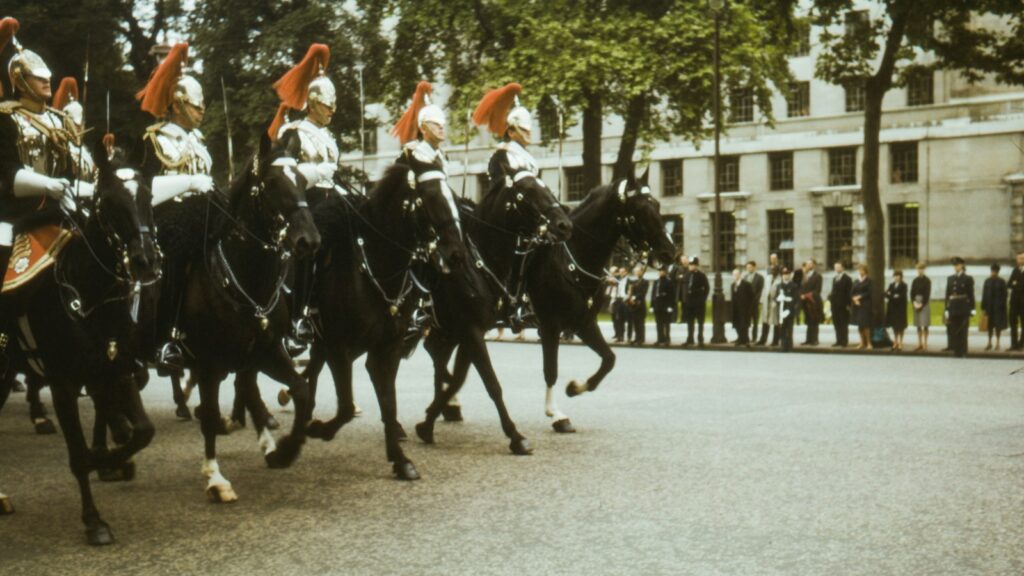
Many riders of royal steeds fail to properly prepare their horses for ceremonial environments, creating unnecessary stress during performances or official appearances. Historical royal horses underwent extensive desensitization to flags, music, crowds, and unusual sights—a tradition maintained today at institutions like the Spanish Riding School. Modern riders often overlook this crucial aspect of training, focusing instead on movements while neglecting environmental conditioning. Systematic exposure to potential stressors in controlled settings, gradually increasing stimulation levels while maintaining the horse’s confidence, creates the bombproof mount needed for public appearances. Additionally, practicing with ceremonial equipment like plumes, special tack, or decorative elements ensures the horse remains comfortable and focused during formal presentations, honoring the composure expected of true royal steeds.
Disregarding Breed-Specific Exercise Needs

Each royal steed breed has specific exercise requirements that support their historical purpose and conformation, yet riders frequently apply generic fitness programs that fail to address these needs. Baroque horses like Lipizzaners benefit from specific hill work to develop the powerful hindquarters needed for collection, while breeds used in royal hunt traditions require different conditioning focused on stamina. Many riders apply a one-size-fits-all approach to exercise, resulting in horses that lack the specific muscular development needed for their traditional roles. Researching the historical uses and athletic demands of your horse’s breeding allows you to design an appropriate exercise program that builds the right muscle groups. This targeted conditioning not only improves performance but also prevents injuries common to inappropriately trained royal breeds.
Rushing Lateral Work Development

Advanced movements like shoulder-in, half-pass, and pirouettes are hallmarks of classical equitation and royal steed traditions, but many riders attempt these movements before establishing proper prerequisites. Royal steeds often show natural aptitude for lateral work, tempting riders to introduce these movements too early in training. Correct lateral work requires the horse to understand basic concepts of straightness, bend, and engagement—foundations that must be solidified before attempting complex maneuvers. Rushing this progression leads to evasions, resistance, and incorrect muscle development that becomes difficult to remediate later. Patience in developing the building blocks of straightness on curved and straight lines, proper inside bend with outside support, and engagement of the inside hind leg will create the foundation for spectacular lateral work that showcases the royal steed’s natural talents.
Neglecting Mental Stimulation
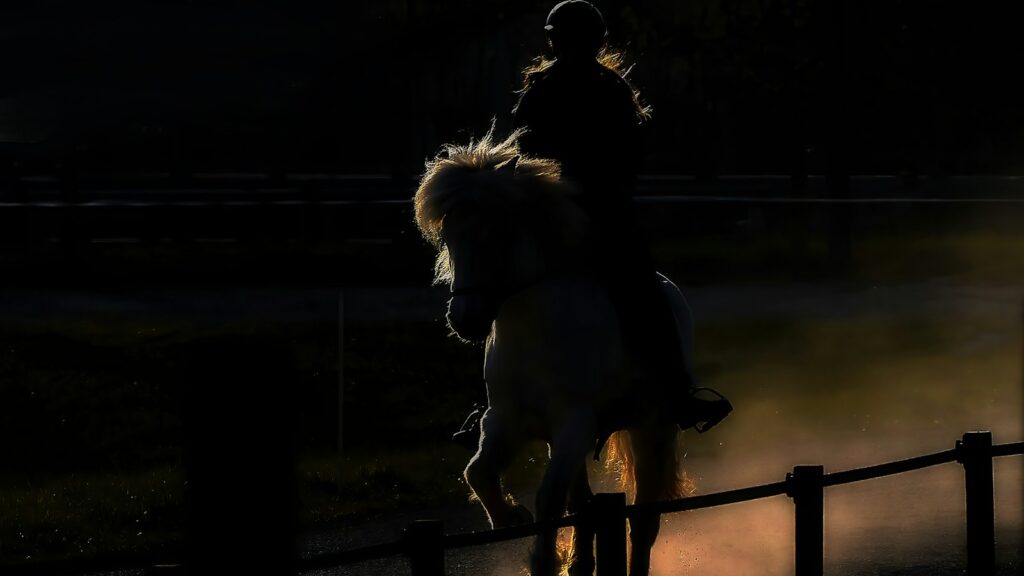
Royal steeds were historically selected for intelligence and sensitivity, traits that require appropriate mental stimulation that many modern riders overlook. These horses often become bored or frustrated with repetitive drilling, yet many training programs lack variety and intellectual challenges. Intelligent breeds like the Andalusian or Lusitano benefit from diverse schooling sessions that incorporate problem-solving elements, skill progression, and variety in environment. Horses displaying “stubborn” behavior are frequently indicating mental stagnation rather than disobedience. Incorporating liberty work, obstacle courses, trail riding, and progressive training challenges maintains mental engagement while building trust and partnership. The most successful royal steed trainers understand that addressing the horse’s mind is as important as developing their physical capabilities.
Improper Management of High-Energy Feeds
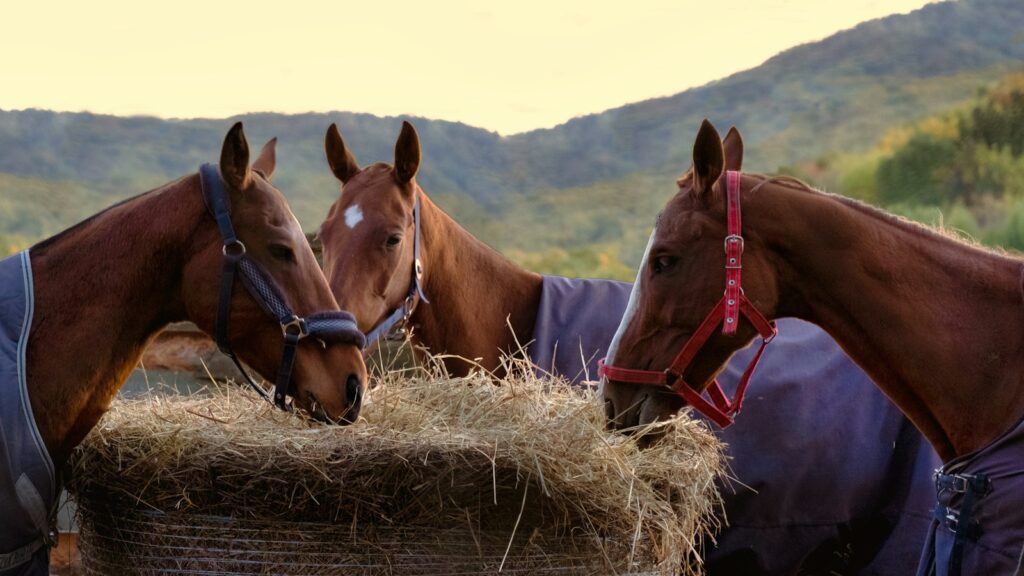
Many royal steed breeds evolved in Mediterranean climates on sparse grazing, developing metabolisms that process rich feeds differently than other horses, yet their feeding is often mismanaged. Modern owners frequently overfeed these horses with energy-dense concentrates appropriate for warmblood sport horses but problematic for Iberian and other royal breeds. This nutritional mismatch can create excess energy, muscle tension, and behavioral issues that undermine training efforts. Understanding your horse’s specific nutritional needs based on their breed, workload, and metabolic efficiency allows for appropriate diet formulation. Many royal steeds perform best on forage-focused diets supplemented with moderate protein and fat sources rather than starch-heavy grain rations, reflecting their evolutionary adaptations and historical feeding practices.
Underestimating Grooming and Presentation Standards
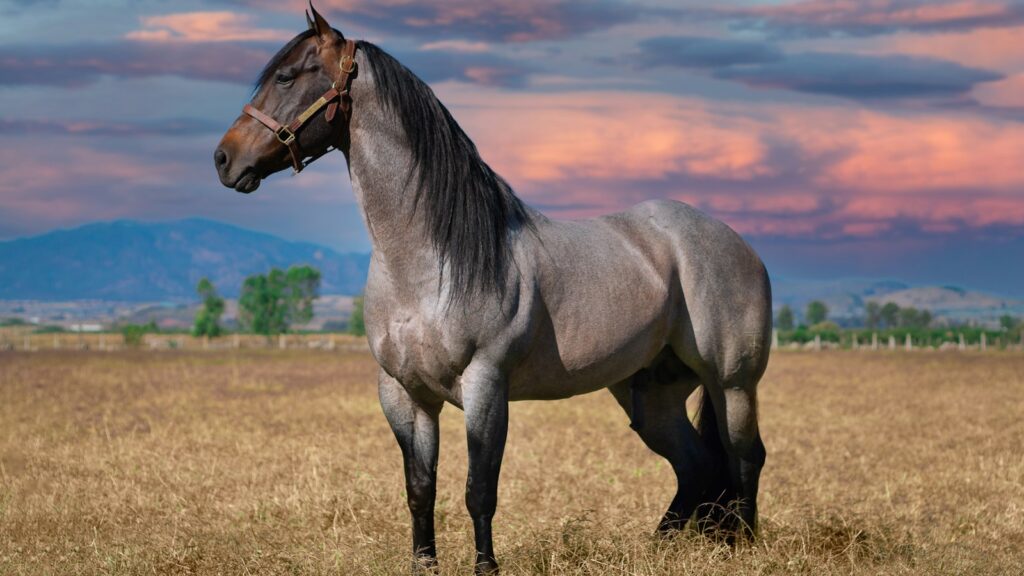
The presentation of royal steeds historically reflected directly on their noble owners, establishing grooming standards that many modern riders fail to maintain. Breeds with royal heritage often have specific grooming traditions, from the intricate mane braiding of Andalusians to the precise forelock arrangement of Lipizzaners. Neglecting these details not only disrespects historical traditions but can also affect performance—improperly cared-for manes can become painful when tangled in reins, while neglected hooves compromise movement quality. Beyond basic cleanliness, traditional presentation includes proper muscling, weight management, coat condition, and meticulous attention to detail. Studying breed-specific presentation standards and incorporating them into daily care routines honors the heritage of these magnificent animals while ensuring they look and perform their best.
Failing to Honor the Horse’s Noble Heritage
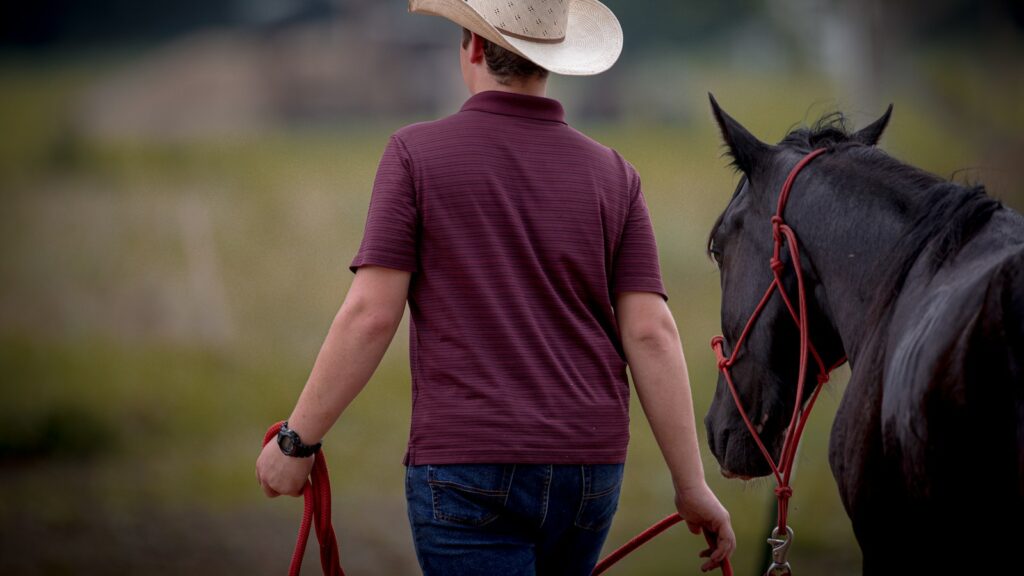
Perhaps the most fundamental error is approaching royal steeds as mere riding horses rather than living cultural treasures with centuries of careful breeding behind them. These horses carry genetic heritage that once made them prized possessions of kings and emperors, representing the highest achievements in selective breeding. Riders who handle them without appreciation for this legacy miss the opportunity to participate in preserving living history. Educating yourself about your horse’s specific lineage, historical purpose, and traditional training methods connects you to centuries of equestrian tradition. This knowledge informs every interaction, creating not just a rider-horse relationship but a stewardship of cultural heritage that honors the royal steed’s distinguished ancestry and ensures these magnificent breeds continue to exemplify equine nobility for generations to come.
conclusion
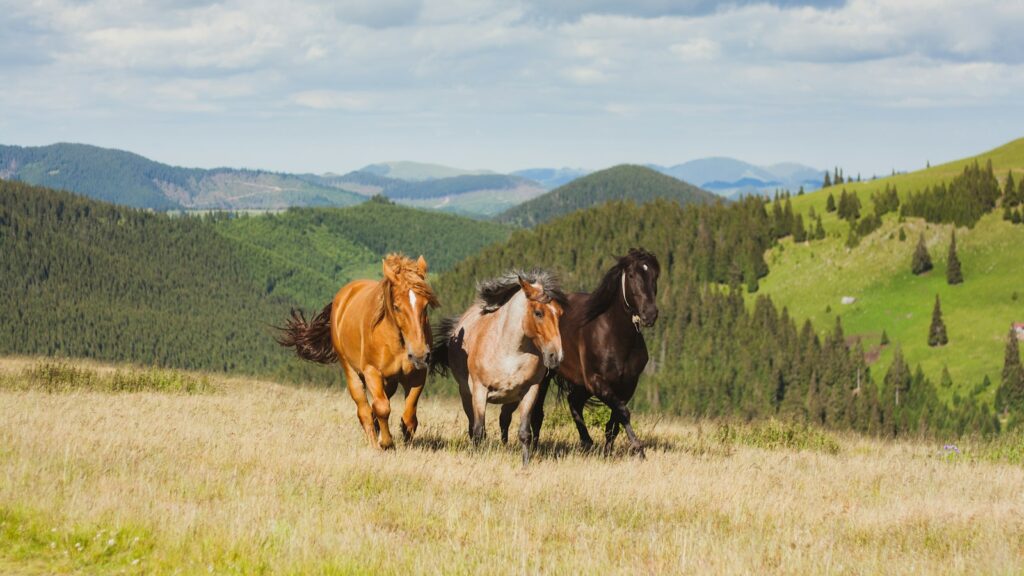
Royal steeds represent the pinnacle of equine breeding and training traditions, carrying centuries of careful selection in their bloodlines. By avoiding these common errors and approaching these noble animals with the respect, knowledge, and patience they deserve, riders can experience the unique privilege of partnering with living history. The journey with a royal steed offers not just the satisfaction of skilled horsemanship but participation in preserving cultural treasures that connect us to equestrian traditions spanning continents and centuries. In every ride, conscientious equestrians honor both the individual horse before them and the noble heritage these magnificent animals represent.







